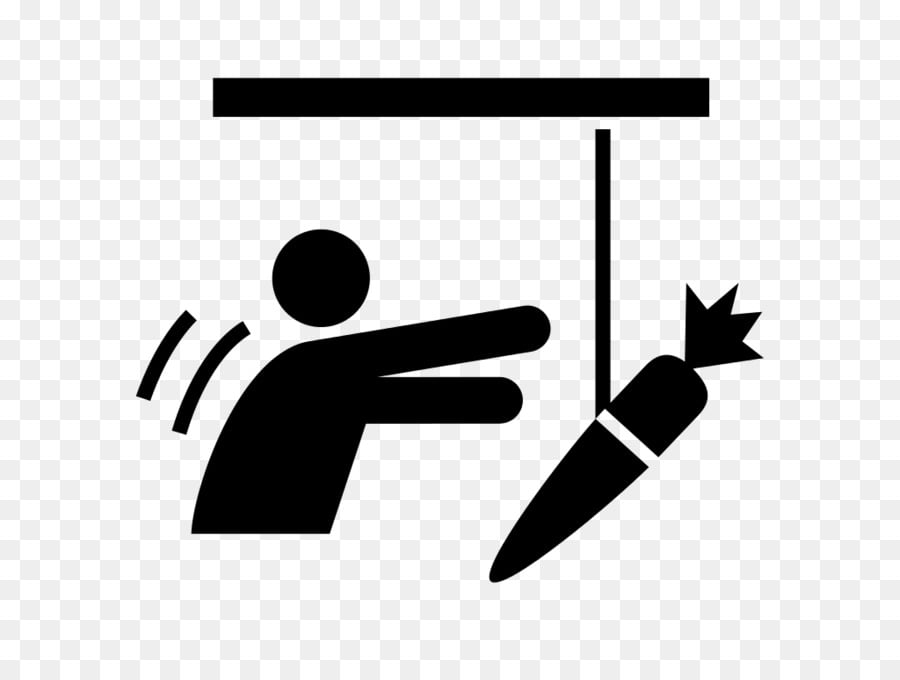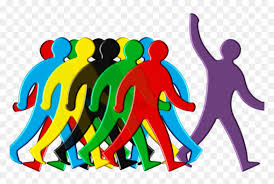15 Proven Strategies for High-Impact Product Development
In today's competitive landscape, successful product development is critical for sustained business growth and market leadership. Creating innovative, profitable products requires meticulous planning, efficient execution, and a deep understanding of your target audience. This article details fifteen key strategies, supported by real-world examples, to guide your product development process towards remarkable success.
1. Comprehensive Market Research: Before initiating product conceptualization, thorough market research is paramount. Analyze current customer trends, meticulously examine competitor offerings, and identify unmet needs—the opportunities your product can uniquely fulfill. This foundational research underpins the success of any new product.
Example: Apple's extensive market research identified a significant demand for a user-friendly smartphone, leading directly to the revolutionary iPhone, which reshaped the mobile technology landscape.
2. Precisely Defined Goals and Objectives: Clearly defined goals and objectives are essential for maintaining focus and accurately measuring progress. They provide a roadmap, ensuring that all efforts align with your overall business strategy and desired outcomes.
Example: Tesla's ambitious goal of revolutionizing the automotive industry with sustainable electric vehicles has driven their innovative product development and propelled them to the forefront of the industry.
3. Fostering a Collaborative Environment: Encourage cross-functional collaboration to leverage the combined expertise of your teams. Diverse perspectives fuel creativity and foster innovative solutions throughout the product lifecycle.
Example: Google's renowned "20% time" program empowers employees to dedicate a portion of their workweek to independent projects, fostering innovation and leading to groundbreaking products like Gmail.
4. Developing Robust Customer Personas: Create detailed customer personas to gain profound insights into your target audience. Understanding their needs, motivations, and pain points enables superior product customization and creates stronger market resonance.
Example: Nike's meticulous creation of customer personas allows for the design of specialized footwear for diverse sporting activities, optimizing customer satisfaction and driving brand loyalty.
5. Embracing Agile Development Methodologies: Adopt agile methodologies, such as Scrum, for iterative and adaptable product development. This flexible approach allows for rapid responses to evolving market conditions and customer feedback.
Example: Spotify's frequent product updates and new feature releases showcase the benefits of an agile approach, constantly refining their platform based on real-time user data and feedback.
6. Prioritizing Early Prototyping and User Testing: Develop and rigorously test prototypes throughout the development process. Gathering user feedback early minimizes the risk of costly mistakes later and ensures a product that meets user expectations.
Example: Airbnb's commitment to early prototyping and extensive user testing helped them identify crucial features and establish user trust, significantly impacting their early success and rapid growth.
7. Establishing a Robust Feedback Mechanism: Implement systems for continuous feedback from customers and stakeholders. This active engagement ensures your product remains aligned with evolving needs and preferences.
Example: Facebook's comprehensive feedback loop, utilizing user surveys and A/B testing, continuously informs product updates and improvements, strengthening user engagement and retention.
8. Cultivating a Culture of Innovation and Adaptation: Continuously explore emerging technologies, market trends, and evolving customer needs. Adaptability ensures your product remains competitive in a dynamic marketplace.
Example: Amazon's relentless innovation, from Kindle to Alexa, demonstrates their ability to anticipate and respond to evolving consumer demands, securing their market leadership.
9. Embracing a Customer-Centric Approach: Prioritize customer satisfaction at every stage of product development. A customer-centric approach builds loyalty and ensures long-term success.
Example: Zappos' exceptional customer service and focus on customer experience has cultivated a fiercely loyal customer base, contributing significantly to their sustained success and brand reputation.
10. Investing in Top Talent: Attract and retain skilled professionals with the expertise and creativity to drive successful product development. Your team is your most valuable asset.
Example: Pixar's commitment to hiring top-tier talent has resulted in the creation of groundbreaking animated films that have captivated audiences worldwide and established a legacy of innovation.
11. Prioritizing Scalability and Sustainability: Design products with future growth in mind, ensuring scalability while considering environmental impact and sustainability practices.
Example: Tesla's focus on electric vehicles reflects their commitment to sustainable transportation, aligning with broader environmental concerns and long-term market trends.
12. Forming Strategic Alliances: Collaborate with complementary businesses or experts to expand your capabilities and create mutually beneficial opportunities.
Example: Starbucks' strategic partnership with Spotify enhances the in-store customer experience by incorporating music into the ambiance, demonstrating the value of strategic collaborations.
13. Continuous Market Monitoring and Competitive Analysis: Stay informed about market trends, customer preferences, and competitor activities to make well-informed product development decisions.
Example: Coca-Cola's response to health-conscious trends, leading to the introduction of low-sugar and zero-calorie options, showcases successful adaptation to evolving consumer demands.
14. Implementing Robust Project Management: Utilize effective project management tools and methodologies to streamline processes, ensure efficient resource allocation, and deliver products on time and within budget.
Example: Utilizing project management software like Asana or Jira facilitates efficient task organization, progress tracking, and seamless team collaboration, maximizing productivity and efficiency.
15. Celebrating Successes and Learning from Setbacks: Acknowledge and celebrate achievements while viewing setbacks as valuable learning experiences for continuous improvement.
Example: Google's "Moonshot" projects, even those that don't achieve initial success, foster a culture of innovation and risk-taking that ultimately drives long-term progress and breakthrough discoveries.
By implementing these fifteen strategies, businesses significantly increase their chances of developing innovative, customer-centric products that achieve market leadership. Remember that adaptability, collaboration, and a deep understanding of customer needs are fundamental to successful product development.




